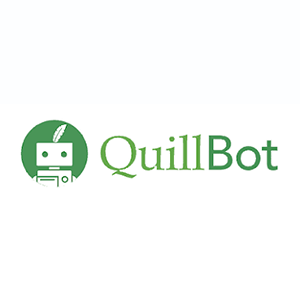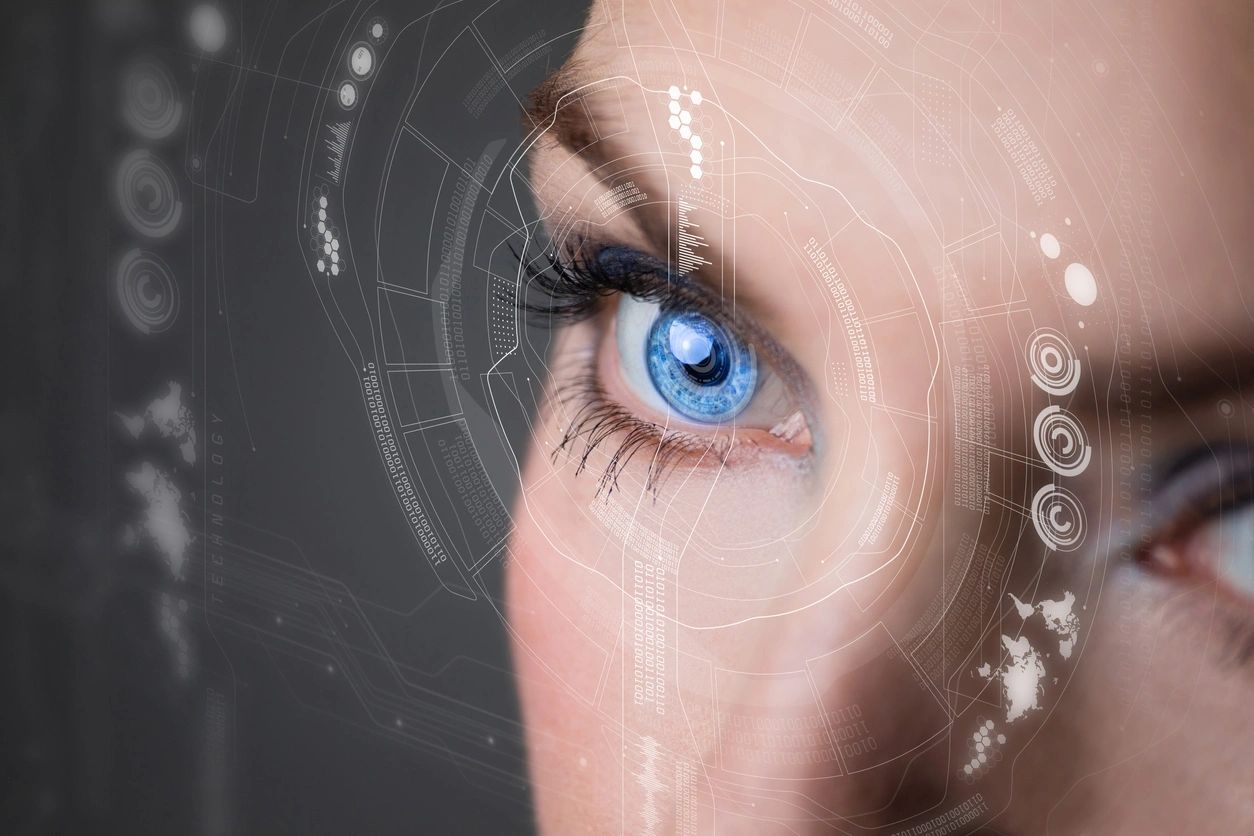The grocery industry has steadily moved towards automation since the first self-checkout system appeared in a Kroger store near Atlanta in 1986. With the rise of automated systems, robotic bagging is now on the horizon. The Computer Science and Artificial Intelligence Laboratory (CSAIL) of MIT recently unveiled a new innovation called RoboGrocery, which combines computer vision and a soft robotic gripper to efficiently pack a variety of grocery items.
Researchers at MIT tested the RoboGrocery system by placing ten different grocery items, unfamiliar to the robot, on a conveyor belt. These items included delicate products like grapes, bread, kale, muffins, and crackers, as well as sturdier items such as soup cans, meal boxes, and ice cream containers. The robot’s vision system first detects the objects, determining their size and orientation on the conveyor belt.
As the robotic gripper touches each item, pressure sensors in its fingers assess the item’s fragility. For instance, when the gripper senses the grapes’ delicacy, it understands not to place them at the bottom of the bag. In contrast, it identifies the rigid structure of a soup can and positions it at the bag’s base to avoid damaging softer items.
The Significance of RoboGrocery
“This is a significant first step towards having robots pack groceries and other items in real-world settings,” stated Annan Zhang, one of the study’s lead authors. While the system isn’t ready for commercial deployment yet, the research highlights the potential of integrating multiple sensing modalities in soft robotic systems.
Despite its current capabilities, the RoboGrocery system still has room for improvement. Enhancements to the gripper and imaging system are necessary to optimize the order and method of packing items. As the technology advances, the team envisions scaling the system beyond grocery stores to industrial environments such as recycling plants.
The research team acknowledges that improving the gripper’s dexterity and the vision system’s accuracy is crucial. A more advanced gripper could handle a wider variety of objects with varying degrees of fragility. Similarly, a refined vision system would better identify and sort items, ensuring that delicate products are packed safely and efficiently.
Potential Industrial Applications
Beyond grocery stores, the RoboGrocery system could revolutionize other industries. For example, recycling plants could benefit from a similar robotic system to sort and pack different types of materials. The ability to handle a wide range of objects with precision and care could streamline operations and reduce the risk of damage or contamination.
While RoboGrocery represents a promising advancement in robotic technology, several hurdles remain before it can be deployed commercially. Continued research and development will focus on enhancing the system’s reliability, speed, and adaptability. As the technology matures, it could transform not only grocery packing but also other sectors requiring precise and efficient handling of various items.
In summary, the MIT RoboGrocery system showcases the potential of combining computer vision and soft robotics to automate grocery packing. Although the technology is still in its early stages, it represents a significant step towards integrating robots into everyday tasks. With further improvements, RoboGrocery could soon be a common sight in grocery stores and beyond, ushering in a new era of automation.
See also: Meta Changes New Labeling Approach: From “Made With AI” To “AI Info”


















